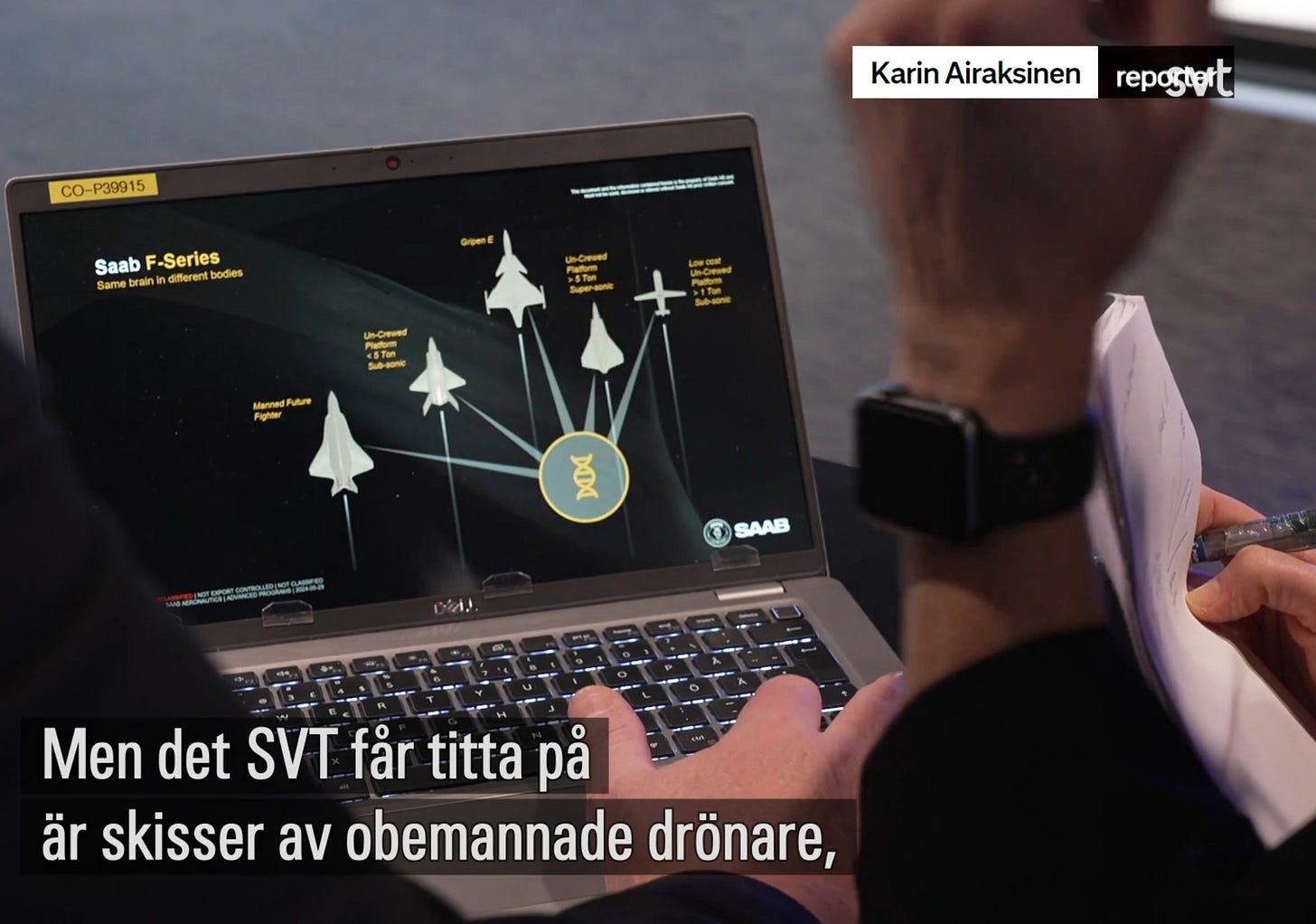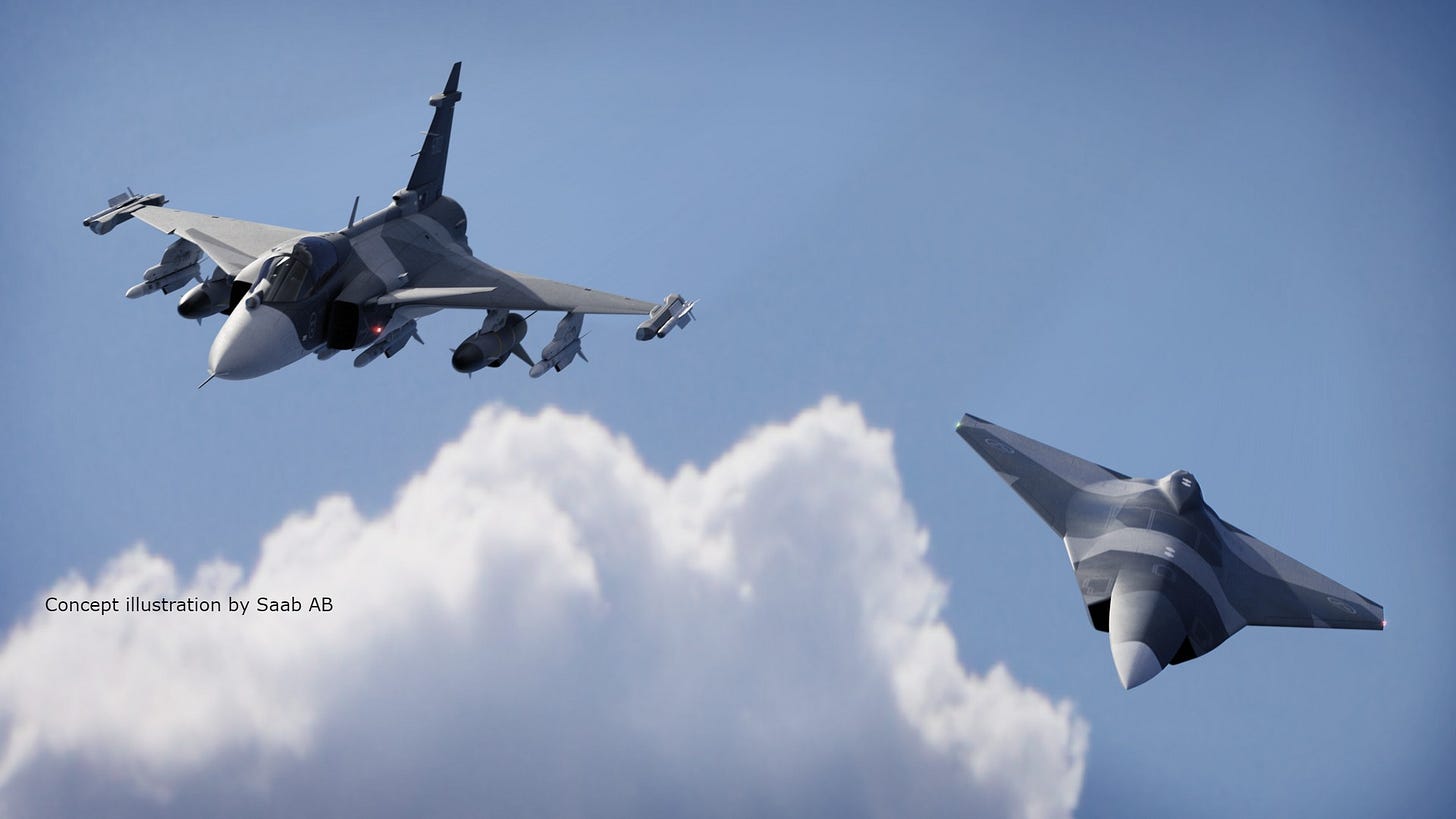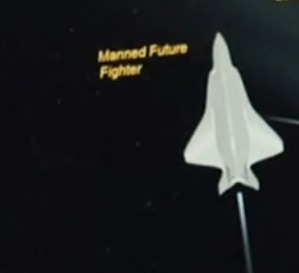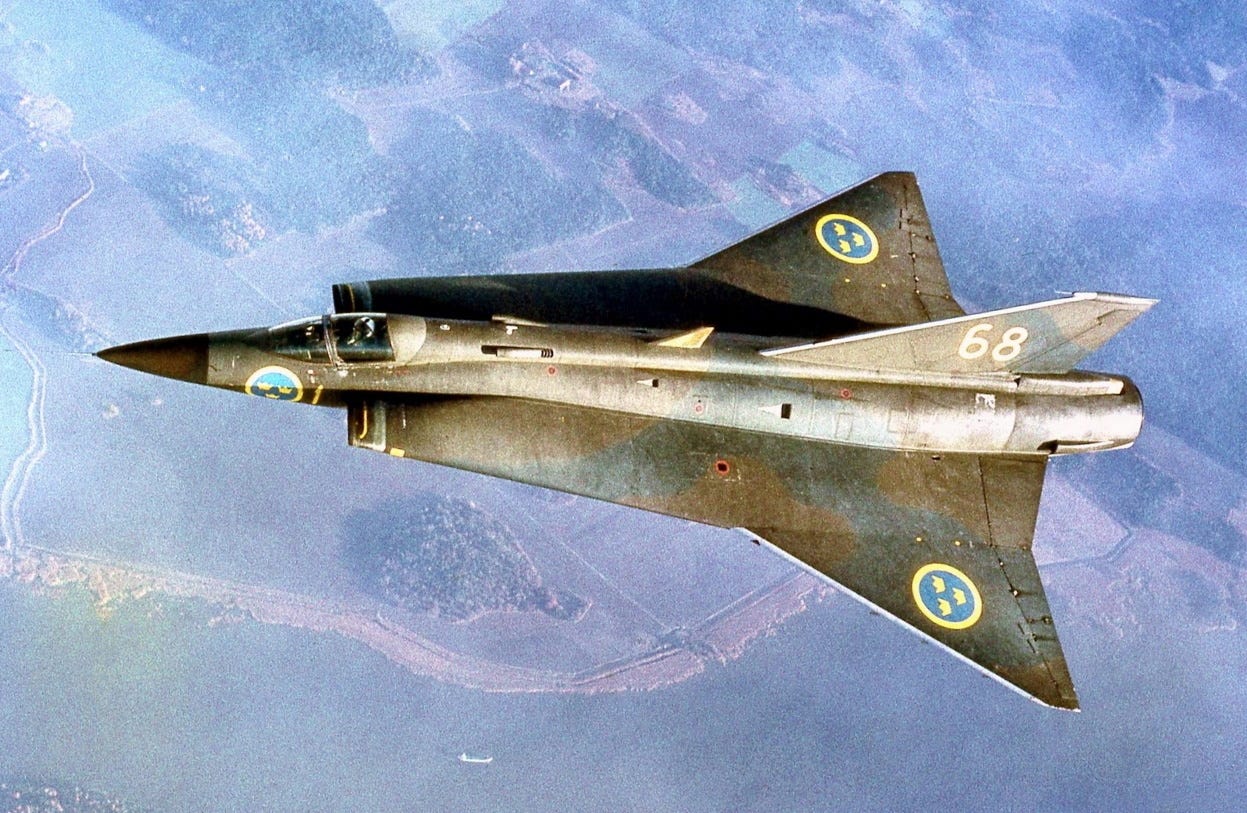A new 6th Generation Fighter design has been revealed, and it's not from the U.S.
Sweden has revealed its 6th generation fighter, and it comes complete with an ecosystem of advanced technologies.
The Engineer's Perspective is a reader-supported publication. Sign and up and subscribe to see more in-depth Aerospace/Aeronautical Analysis!
Table of Contents:
Overview:
Historical Development
Specifications
Concept of Operations
Systems Engineering Requirements
Calculations and Analysis
Implications and Future Considerations
Conclusion
References
Overview:
The Saab F-series concept, as the successor to the JAS 39 Gripen, represents Sweden's approach to the next generation of air combat systems. This next geneneration of combat systems does not just consist of a new aircraft, but will now be a comprehensive integration of manned and unmanned platforms, advanced AI, and network-centric operations.
Key aspects of this Sweden's approach include:
Modular design philosophy
AI-driven decision support
Flexible force composition
Stealth and survivability
Interoperability
Modular Design Philosophy

The F-series concept significantly expands on Saab's modular design philosophy, which was initially developed for the JAS 39 Gripen fighter. This approach allows for easy upgrades, adaptability to new threats, and simplified maintenance across the entire fleet.
The F-series ecosystem consists of several platforms:
Crewed future fighter:
Saab's crewed future fighter concept showcases a blended wing/body configuration that seamlessly integrates the wing and fuselage, designed for high speed and low observability. A distinctive feature of the design is the prominent chine that runs along the forward edges, enhancing aerodynamic performance and contributing to radar cross-section reduction. The fighter utilizes cropped swept wings for improved high-speed performance, and possibly outward-canted stabilizers to enhance maneuverability while further reducing its radar signature. The entire airframe is optimized for supersonic efficiency, employing area-rule design principles to minimize transonic drag and improve performance at high speeds. The overall design appears to bear similarity/homage to the Saab 35 Draken, a supersonic fighter from the Cold-War Era, distinctive for a double delta wing:
Keep reading with a 7-day free trial
Subscribe to The Engineer's Perspective to keep reading this post and get 7 days of free access to the full post archives.





